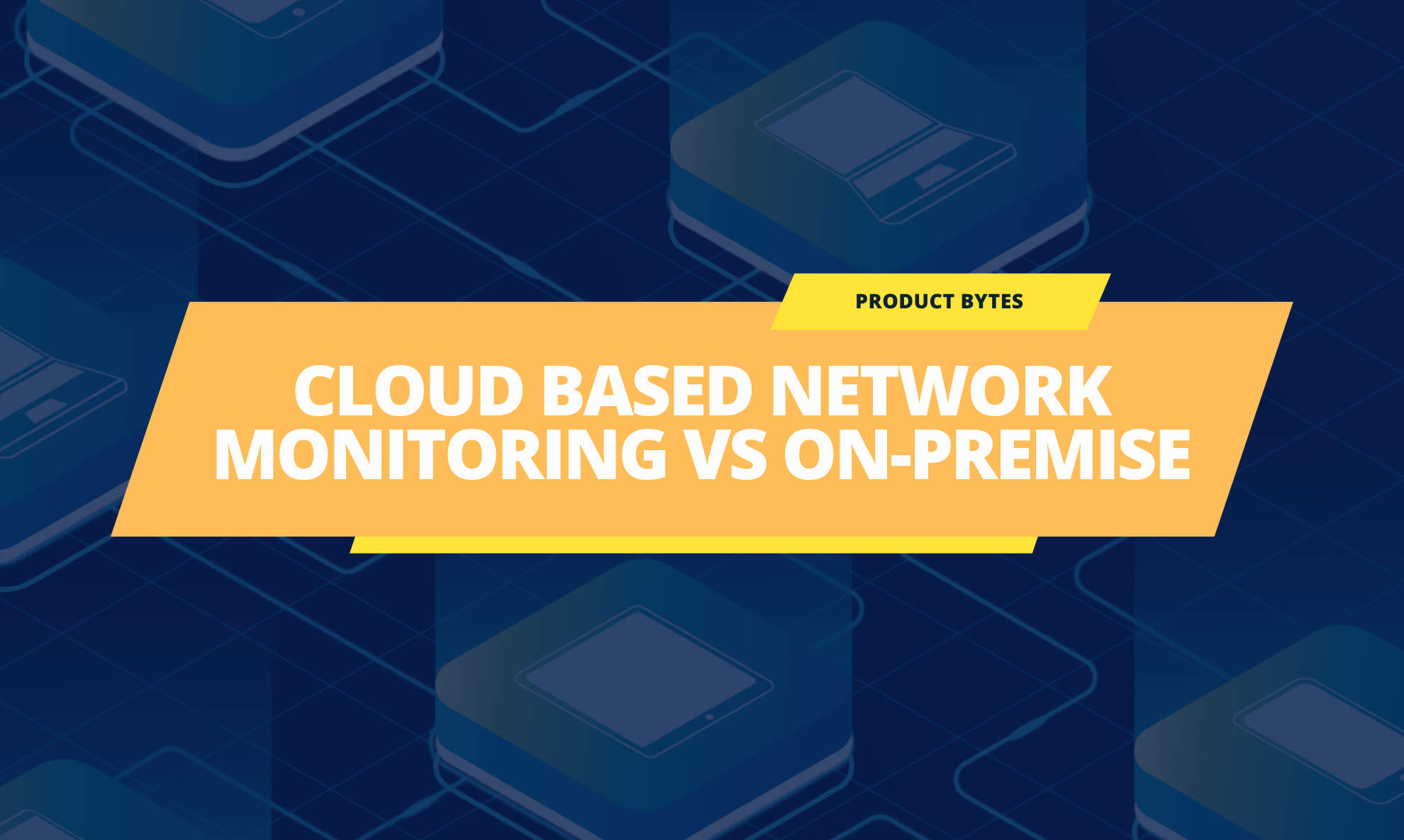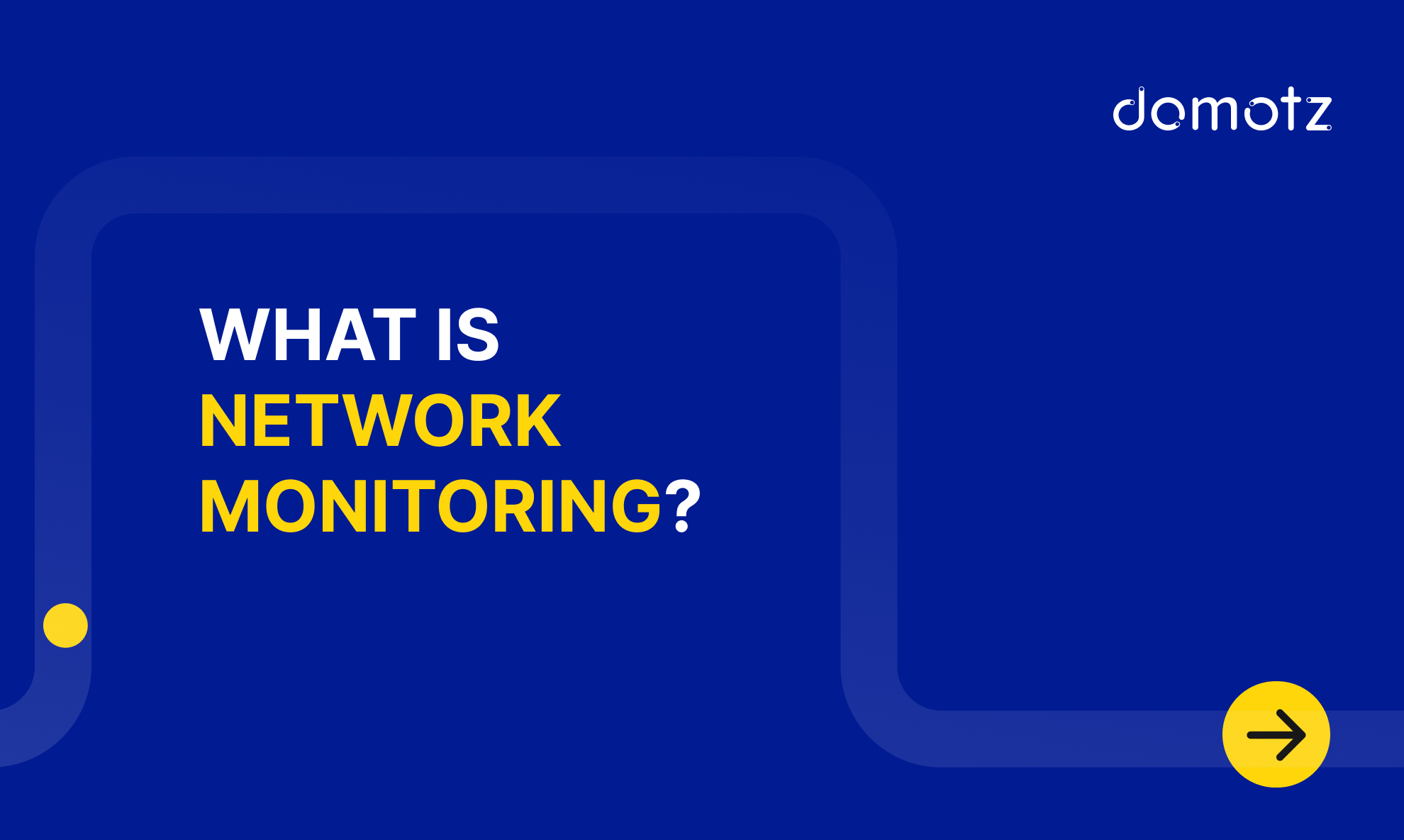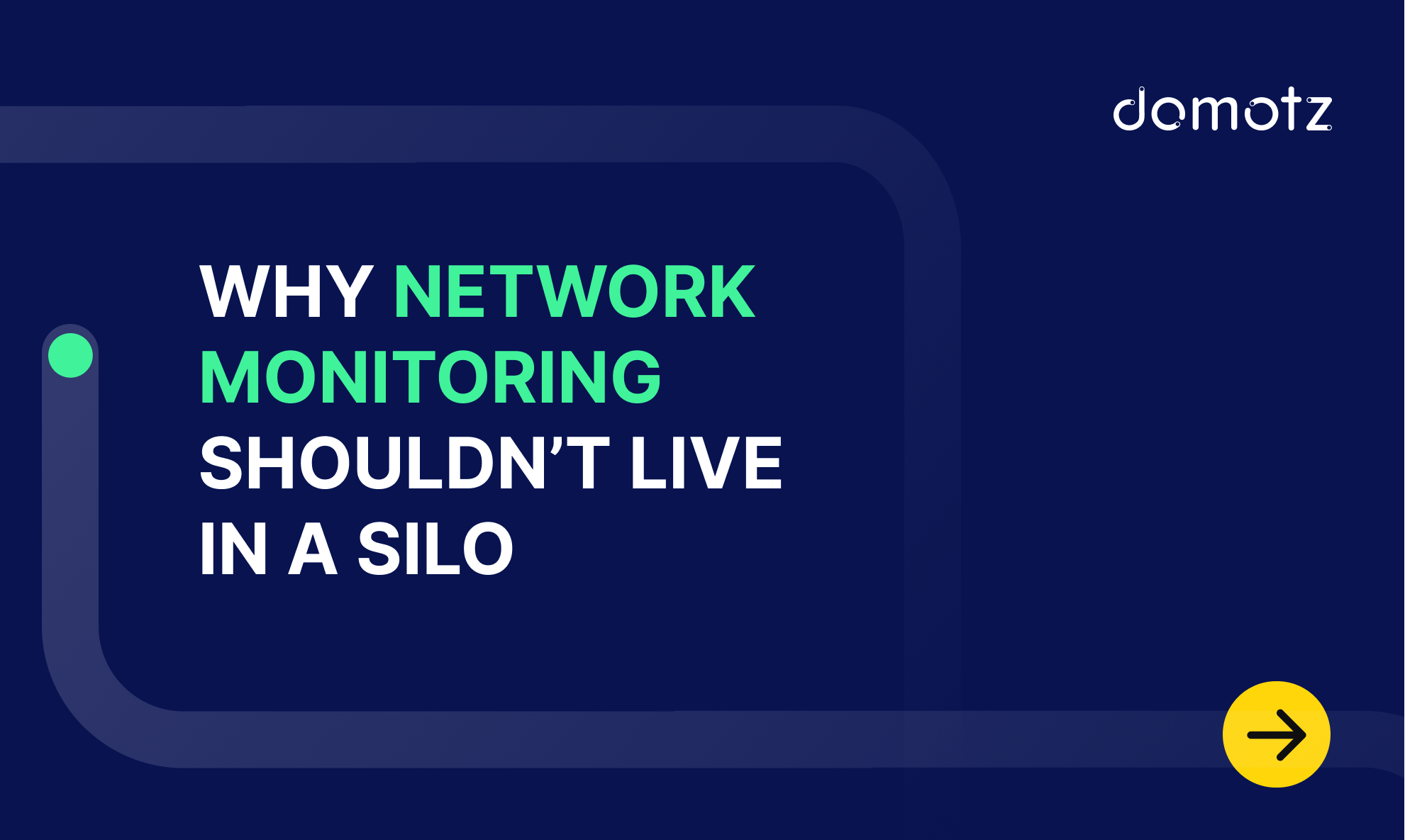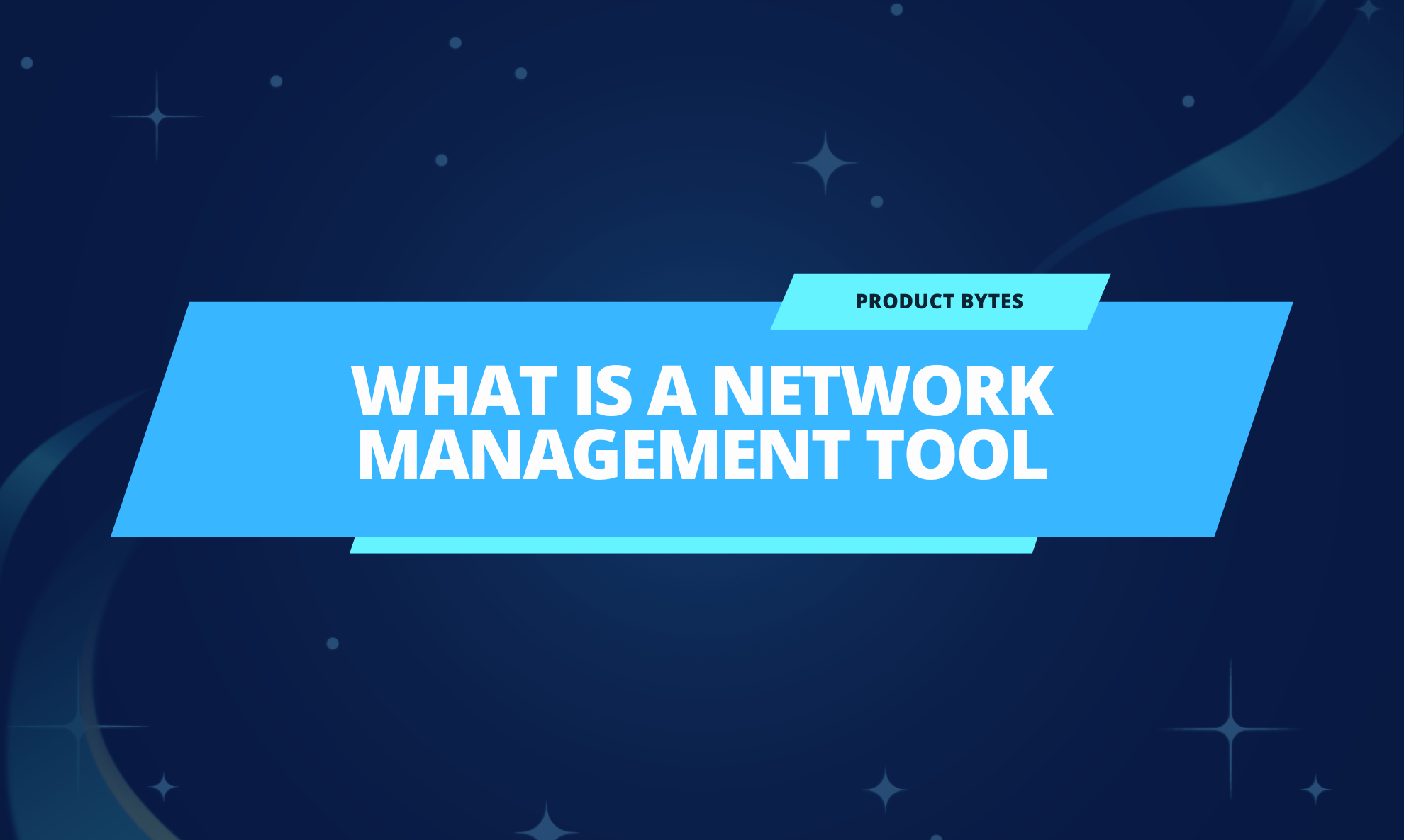This blog post is all about Cloud Based Network Monitoring. In the past few years, network design and topology have grown more complex with the evolution of virtualization, point solutions, distributed computing, and hybrid cloud models.
As networks become more advanced and complex with a wide range of devices—routers, virtual servers, switches, etc.—the demand for network monitoring grows daily.
Network device monitoring is critical whether you use cloud computing to streamline your business operations or deliver products. It allows you to maintain productivity while protecting your networks from threats, server downtime, and device and network failures.
According to Gartner, the average cost of server downtime is $5,600 per minute. That’s a staggering $336,000 per hour! For more significant enterprises, that number can rise to millions.
With such catastrophic consequences, investing in network monitoring solutions is a good idea to get the job done. Cloud-based network monitoring tools are a great way to meet demands and goals. Learn more about what a network management tool does.
So, what exactly is cloud-based network monitoring? Moreover, this article will discuss how cloud-based network monitoring solutions differ from on-premise tools. Read on for a deeper dive into cloud-based network monitoring and how these tools can benefit your business. Moreover, Domotz is a cloud based network monitoring software, and we’re happy to help you get the job done.
What Is Cloud Based Network Monitoring?
Network monitoring is the continuous computer network analysis to detect performance issues. It involves discovering, mapping, and monitoring a network to ensure maximum security and optimal performance.
These tools monitor all networking components, like routers, servers, firewalls, switches, and virtual machines, for fault and performance.
In terms of types of network monitoring tools, they are usually:
- On-premise (in-house)
- In the cloud
- A combination of both on-premises and in the cloud
Moreover, cloud-based network monitoring is a subset of network monitoring. Cloud monitoring tools run on the cloud instead of being hosted by a dedicated in-house server. On-premise monitoring solutions, in contrast, run on an in-house server.
The beauty of cloud-based network monitoring is that it manages the network and devices in real-time. Moreover, they give you real-time visibility into your network infrastructure to help you identify problems and their origins.
Cloud Based vs. On-Premise
Simply put, the difference between on-premise and cloud-based monitoring is the hosting of the tool.
On-premise software is hosted locally and runs on a company’s infrastructure. In contrast, cloud software is stored and managed by a solution provider’s server and accessed through an interface. In terms of interface, this could be a web browser or web or mobile app.
Traditional or on-premise network infrastructure is more physical, with data centers and many hardware devices to manage.
In this case, network implementation and monitoring mainly focus on network devices’ connectivity, availability, and performance. A Network Management System (NMS) uses standard protocols like ICMP, SNMP, and WMI to gather performance data. Learn more about how SNMP works.
Cloud-based network monitoring includes internet-related metrics, such as ISP WAN performance and the cloud provider’s performance. And since monitoring is conducted in the cloud, you’ll need to consider other performance metrics, such as network traffic, speed of access, and more.
Key Difference of On-Premises vs. The Cloud
| Parameters | On-Premises | Cloud |
| Deployment | Resources deployed in-house and within a company’s IT infrastructure | Resources deployed within the cloud computing environment |
| Cost | Organizations are responsible for server hardware, maintenance, power consumption, and space costs. | Organizations are responsible for the cost of server hardware, maintenance, power consumption, and space. |
| Security | The provider bears the costs of maintenance, upkeep, power consumption, and space. The cloud is thus a cost-effective solution. | Cloud providers must comply with a strict set of security standards. For those without a special security team, cloud solutions can offer more. |
| Control | Companies retain all their data and are in control of what happens to it | The third-party provider maintains data and encryption. |
| Monitoring | Accessibility is limited to some extent due to the limitations of in-house servers and location | Remote monitoring is accessible and can be done anywhere, as long as there’s internet connectivity |
Advantages of Cloud-Based Network Monitoring
Cloud-based network monitoring offers many advantages.
1. Ease of Access to Information
Ease of information access is perhaps why most organizations switch to cloud-based solutions. All you need is a browser, a URL to the server, and an internet connection to gain access to your business resources.
2. Cost Control
Cloud service providers usually have configured some software, hardware, and storage facilities. Organizations can rent them and save on the upfront cost of investing in such infrastructure. Plus, the provider bears the maintenance costs, so it’s a cost-effective solution.
3. More Scalable
With cloud-based network monitoring, IT teams can quickly assess business needs and increase capacity. In the cloud, this is usually a seamless process. In the on-premises configurations, however, this can result in outages.
4. Enhanced Security
Cloud providers are constantly upgrading their systems to enhance security.
Moreover, vendors must comply with a strict set of security standards that on-premises personnel might not even be aware of.
5. Performance Optimization
Modern cloud monitoring tools feature performance optimization features, such as predictive diagnostics, to improve performance.
Take Control of Your Network Monitoring with Domotz
The best network monitoring tools can improve your team’s productivity, give you real-time insights into your network’s performance, and help reduce downtimes.
Domotz network monitoring software gives you complete visibility into your network’s performance, allowing you to identify and spot problems early and prevent disasters.
Moreover, Domotz allows you to monitor and manage unlimited endpoints. You can watch all devices, external IP addresses, TCP services, SNMP values, custom integration drivers, operating systems, and more. We provide custom network monitoring dashboards, remote access, remote power management, internet performance metrics, user activity logging, and more.
Further reading:



